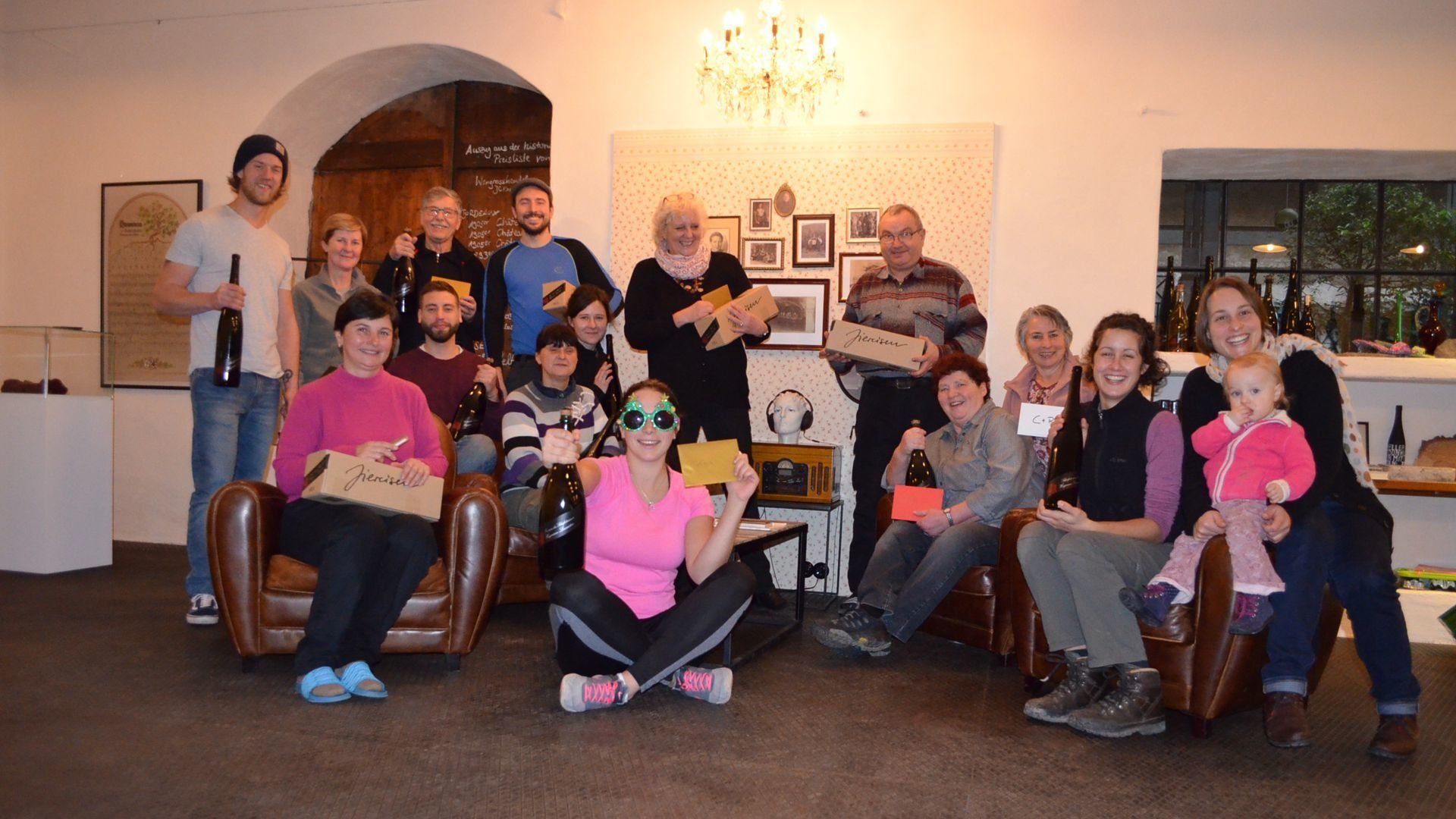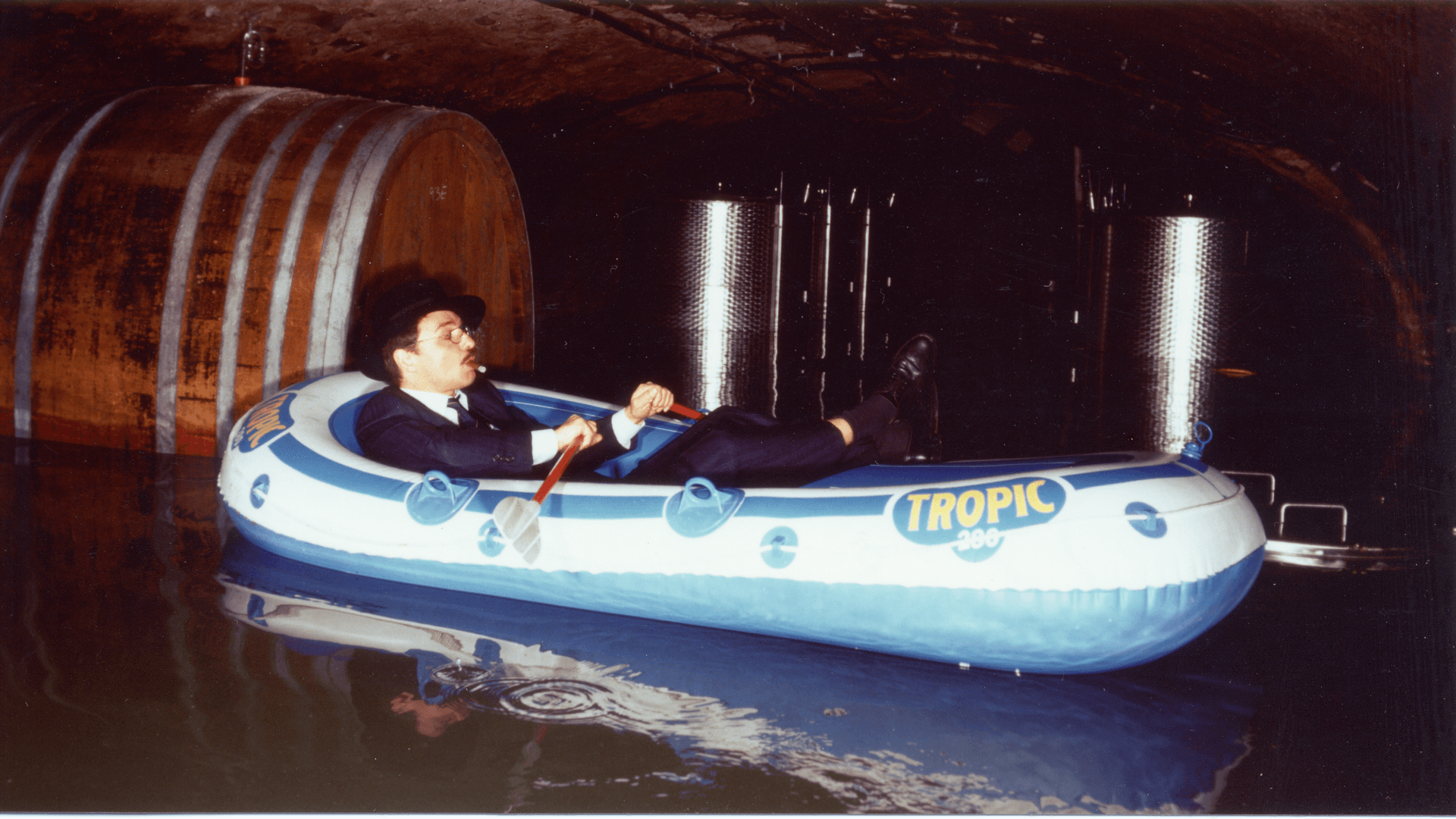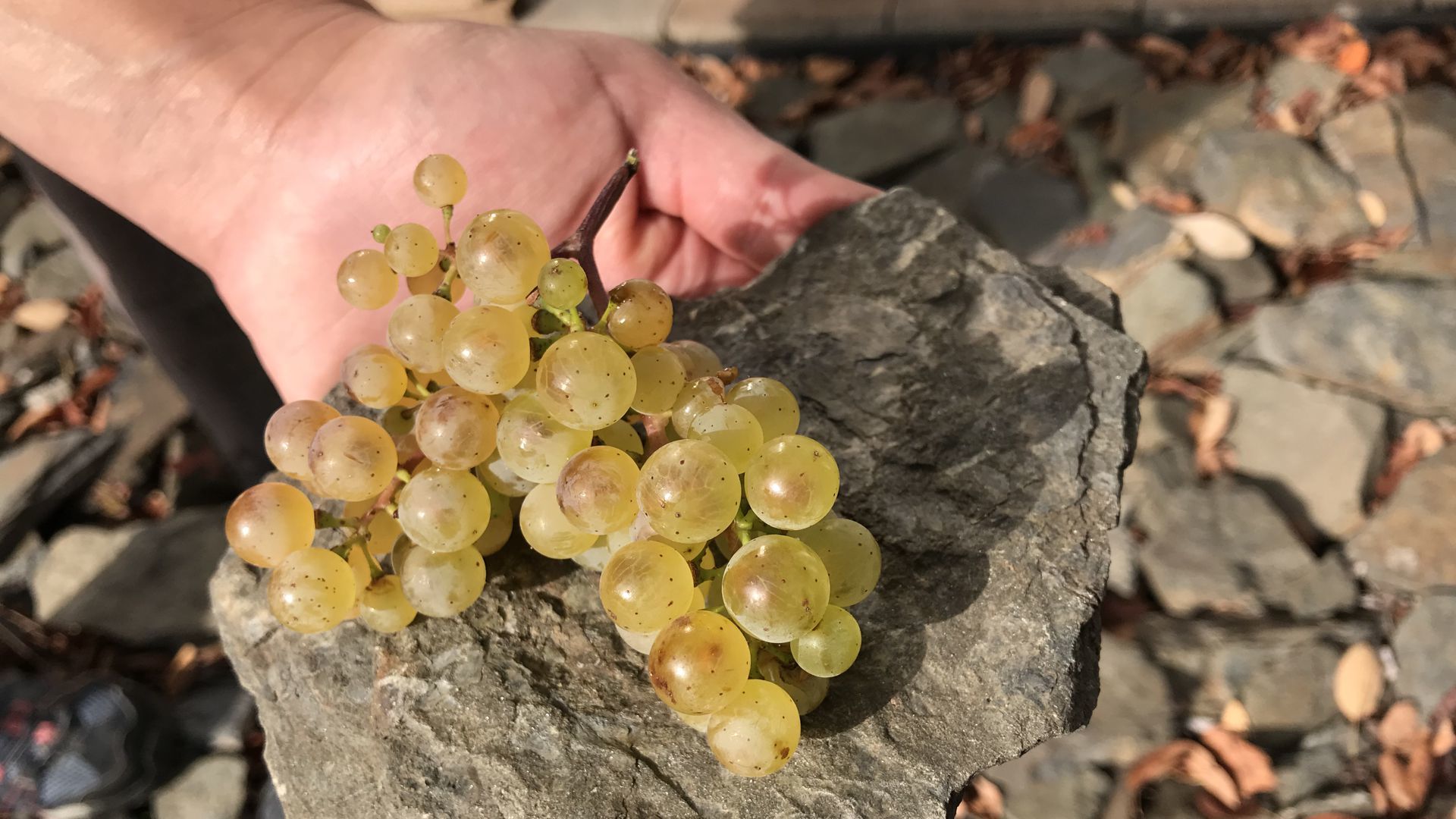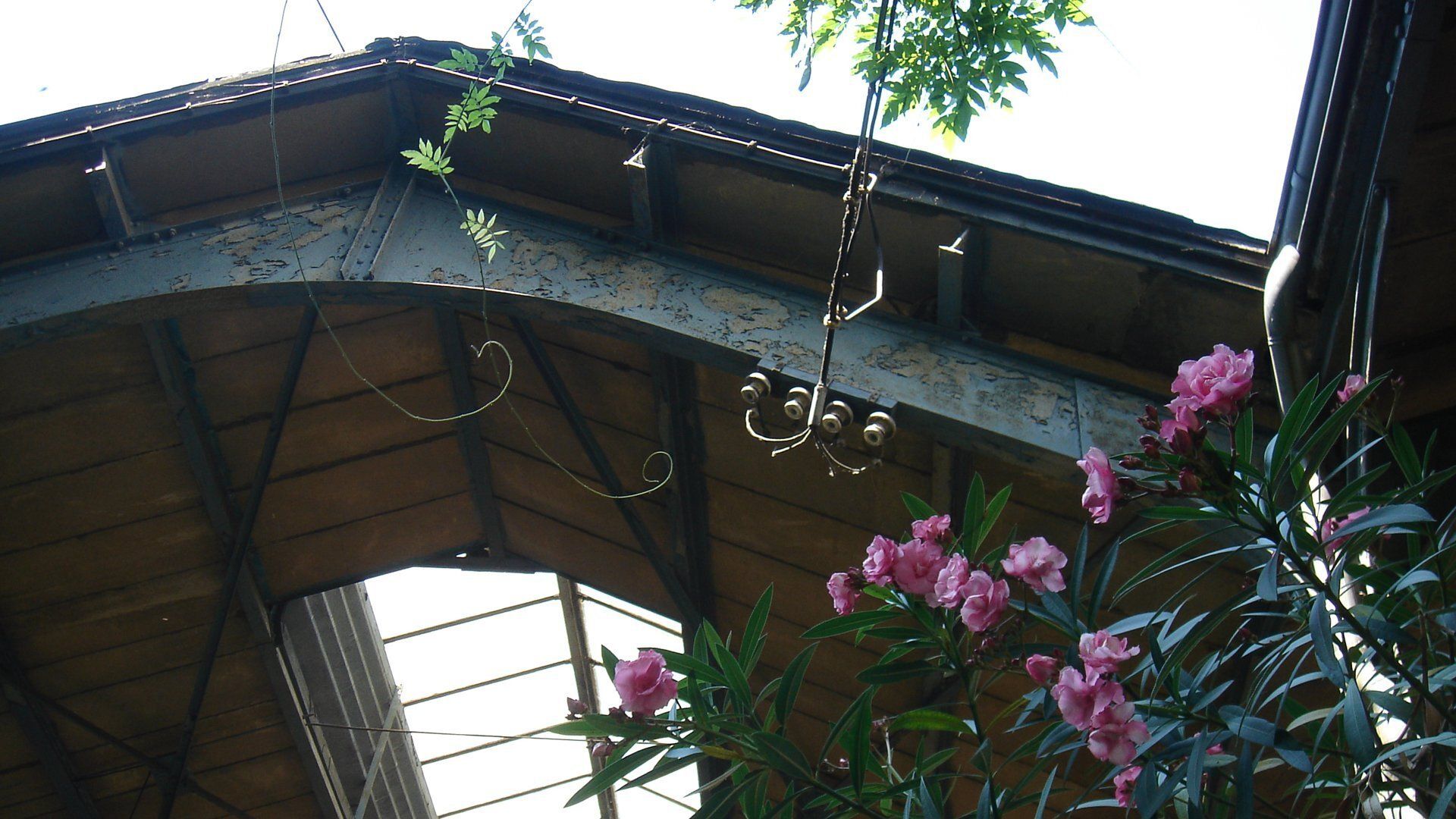Publications> Years and Years

Image title
Untertitel hier einfügenButton
Image title
Untertitel hier einfügenButton
Image title
Untertitel hier einfügenButton
Image title
Untertitel hier einfügenButton
Image title
Untertitel hier einfügenButton
Image title
Untertitel hier einfügenButton
Image title
Untertitel hier einfügenButton
Image title
Untertitel hier einfügenButton
Image title
Untertitel hier einfügenButton
Image title
Untertitel hier einfügenButton
Image title
Untertitel hier einfügenButton
Image title
Untertitel hier einfügenButton
Image title
Untertitel hier einfügenButton
Image title
Untertitel hier einfügenButton
Image title
Untertitel hier einfügenButton
Image title
Untertitel hier einfügenButton
Image title
Untertitel hier einfügenButton
Image title
Untertitel hier einfügenButton
Image title
Untertitel hier einfügenButton
Image title
Untertitel hier einfügenButton
Image title
Untertitel hier einfügenButton
Image title
Untertitel hier einfügenButton
Image title
Untertitel hier einfügenButton
Years and Years
Mail from the winery
- Review 2019 - and an anniversary
40 years of Heymann-Löwenstein! What a number! Fortunately, we didn't need as long as the good Moses did when he left Egypt and after 4 years we were able to drive our 4 pioneering stakes in Winningen: terrace vineyards, ecology, dry Rieslings and a classification of the vineyards.
-
“In this year the grapes were as ripe before mid-September as they usually only be in good years at the end of the month or the beginning of October. I haven't seen a rotten grape in the last few days either; The grapes are hardly ever better and healthier than this year; so we can expect a very excellent wine. ”Bronner (?) 1865
- Review 2017 - on the roller coaster
Already at the sprouting: Again feeding damage by groundworms, again night shifts to collect the unpleasant contemporaries armed with a headlamp and a small bucket. The police were alerted twice - our vigilant neighbors were uneasy about the night torchlight procession through the vineyards. Bunnyhop - a small hill where negative g-forces occur when crossing it. But our employee Roland's chickens were very happy about the concentrated protein food. Unfortunately, early budding always harbors the risk of frost damage. This time it got us. Not as existential as many other colleagues, but it was enough ... In almost all vineyards, valuable shoots were lost. This not only hurts because of the lack of grapes, many vines got a shock for the whole year as a result, did not flower well and were much more susceptible to fungal diseases. Nevertheless, three years after the introduction of “gentle pruning”, it was a pleasure to see the vital vines grow. 'We got off lightly in the rainy summer of 2016 - this year the mushrooms ran amok Heartline-Roll - Inversion, in which the passengers are turned around the heartline. Although we have an incredibly effective remedy against mold with baking powder (sic!): The pressure of infestation was extremely high this year, as was the loss of grapes. How nice to see that our many employees were still in a good mood to give structure to the green vine jungle! 'Then there were thunderstorms with hailstorms, then on a few days in August it got so hot again that some zero-g-roll rolls exposed to sunlight, during which the driver experienced weightlessness, burned grapes ... Uff ... It looked like it was blooming Even after a - finally again - larger harvest, it was clear in August that we would not reach our target yield level of 5000 liters per hectare by a long way this year either. 'Against an early bloom - greetings from global warming - cannot be used from a quality perspective. What blooms earlier is ripe earlier. It is unpleasant, however, when flowering begins early and then, as in this year, lasts for several weeks. Due to the resulting heterogeneous ripening process, each vineyard has to be harvested twice. In 2017, the first grapes were ripe at the beginning of September. Unfortunately, the dear forest birds also noticed this and shortly afterwards, Blackout - brief loss of consciousness while driving due to high g-forces, also enabled the wild boar to break through the fences at various points in order to enjoy the grapes. 'In the late summer heat, the wasps came too - and with them the vinegar. Quick action was called for! The official start of the reading was September 8th. Earlier than ever. 'But, everything has its good times: the heat also produced an abundance of delicious raisins. And because they were so early in the year, they had a high sugar content and fantastic acidity. "Sweet wines" are not our topic. But Auslese, where sweetness and acidity come along with the same intensity ... Over 500 liters of almost electrically charged Beerenauslese ripen in our cellar! The result of sorting, sorting, sorting at Möbius roller coasters, the route describes an infinity ... Every day, parallel to the harvest, seven employees stood at the sorting table from morning to evening: high-quality botrytis for the selection, optimally ripe grapes for the classics, and everything else the compost. And all the work Once upon a time there was a story that began once upon a time… was once again worth it. Incredible how much the character of each vineyard could already be tasted in the freshly pressed must! Now the young wine matures calmly in its barrels - and we are all looking forward to fruit and precision, to fullness and minerality, to a fantastic vintage.
- Review 2016 - Sarah Löwenstein
What do Alsace and Baden have to do with the Moselle for me? Riesling and Pinot Noir, gentle pruning and terroir, tradition and progressive ideas. With all this and with my husband and daughter in my luggage, Sarah Löwenstein has been back at the winery since August 2016.
- Review 2016 - Say with quando ...
When will it be the same as before? Hopefully never. But that the viticulture in the terraces is really worthwhile again, that the top wines from Bordeaux, Burgundy, Rhine and Moselle are not only mentioned in the same breath, but also realize the same prices as a hundred years ago ... Not a bad idea! "Tell me quando ... let's dream ...", Caterina Valente sang in 1962 in her wonderfully kitschy Bossa Nova. And yes, dreaming is important. But also tackle! Example Uhlen, our favorite vineyard. The division into the three subappellations Blaufüßer Lay, Laubach and Roth Lay has finally been legitimized by the German side. With admittedly growing impatience, we are now waiting for the blessing from Brussels to write a piece of wine-growing history with the “first German appellations controllées”: For the first time, the name of the vineyard not only promises a certain origin, but also guarantees strict production criteria: high planting density '100% Riesling, higher maturity, traditional vinification ...' We are also making good progress with the renovation of our vineyard walls. We have rebuilt over 100 cubic meters of dry stone walls in recent years. Our employees are now true masters of their trade and are envied everywhere! 'The next big construction site in Uhlen: to motivate as many colleagues as possible to plant the terraces lying fallow at the edge of the forest so that the unique amphitheater can shine again in its old beauty.
- Review 2015 - quarry stone walls and blind vines
What heat and drought it was! 50% yellow leaves in the middle of August. Autumn discoloration in midsummer! Where is this supposed to end? No, I am not writing about 2015. I am writing about years like 1990, 1997 and 1999. Years in which it was by no means as hot and dry as 2015.
- Rückblick 2013 - "Blowin' in the Wind"
Dabei sah im September alles noch nach „normal“ aus. Klar, der Winter war lang, die Blüte kam mit 10 Tagen Verspätung. Alles kein Problem, sondern mehr Hinweis auf einen späteren Lesebeginn. Dann aber der nicht enden wollende warme Regen im September. Das war selbst für die dickste Riesling-Haut ein Zuviel des Guten. Irgendwann waren sie da, die kleinen Verletzungen, auf die der Botrytis-Pilz nur gelauert hat. Innerhalb weniger Tage war ein Großteil der Trauben infiziert. Wenn’s jetzt trocken geblieben wäre, hätten wir uns vor Trockenbeerenauslesen nicht retten können. War aber nicht. Es blieb warm und nass. Und dann der Sturm! Blowin’ in the wind. Die reifen Trauben verschwanden auf Nimmerwiedersehen. Lange Gesichter bei der Lese. Zum Glück haben wir Antidepressiva im Keller! Lichtblicke dann beim Keltern: Trotz hoher Botrytis wunderbar klare und präzise Moste. Selbst bei 110 Grad Öchsle schmecken wir im Most den Unterschied von Uhlen Roth Lay und Röttgen!
- Review 2012 - Today I bake, tomorrow I brew ...
Anders als Trauben, kommen Hopfen und Malz nur nach einen Hefezusatz ans Gären. Der geniale Trick mit dem frischen Brotteig, von dem uns das schlaue Rumpelstilzchen erzählt, ist heute natürlich längst moderner Labortechnik gewichen. Auch in der Weinszene sieht es nicht anders aus. Es mag jeder halten, wie er will, aber wenn sich Weine hinterher mit Begriffen wie »Traditionell« »Authentisch« oder »Bio« schmücken… Unser Weg ist es, nicht nur den Schiefer, sondern auch die mikrobielle Identität eines jeden Weinbergs im Wein lebendig werden zu lassen.
- Review 2011 - Botrytis and the screw cap
In 2011, nature meant it very well for us. An unusually early start of vegetation, neither frost nor hail, a riesling-friendly, humid and warm summer ... The first ripe grapes already in September! We were able to harvest extremely concentrated Botrytis grapes for the reserve fillings, especially along the walls and on the humus terraces at the foot of the slope. It is different on the poorer floors of the higher terraces. Here the harvest went like on a postcard: Ripe, juicy, golden-yellow grapes.
- Review 2010 - The concentration
Wenn wir den Geschmack mit einem einzigen Begriff zu charakterisieren hätten, wäre es nach der „Mineralität“ des Jahrgangs 2008 und der „Eleganz“ von 2009 beim Jahrgang 2010 mit Sicherheit das Wort „Konzentration“. Was für ein Jahrgang! Die Rieslingreben haben fast die gleiche Menge an Zucker, Fruchtsäuren, Mineralien und Aromas eingelagert wie üblich. Diese Inhaltsstoffe verteilen sich allerdings diesmal auf 50% einer normalen Ernte. Statt um die 5000 Liter konnten wir pro Hektar nur 2500 Liter keltern. Solche Konzentrationseffekte kennen wir durch die Verdunstung in Folge einer Botrytisinfektion. Aber dass auch „normale“ Rieslingtrauben Mostgewichte von über 110° Öchsle erreichen haben wir bislang nicht für möglich gehalten.
- Review of 2009 - Riesling or Röttgen?
Riesling or Röttgen? Dry Riesling is booming worldwide. Even the "lovely" English and US Americans find their way back to the mineral wines from the Wachau, Alsace and German growing areas. Back? Yes. Because the "Rhine" and "Mosel", which were drunk in the Belle Époque in London and New York, were, with a few select exceptions, a fully fermented wine. Only at that time it was not called Riesling, but was called "Rüdesheimer" or "Piesporter" according to its origin. And only at the absolute top was attention drawn to the taste of the vineyard. Scharzhofberger, sundial, Uhlen ...
-
Cork or screw cap? The cork is “beautiful”, but every now and then gives off a few taste molecules. On the other hand, the "perfect" screwdriver takes getting used to, both visually and haptically. What is better? After we switched for export last year - and were amazed at how much we like the bottles - we now offer slate terraces and blue slate in both versions.
- Review 2007 - The praise of the carafe
With the 2007 vintage, we are looking forward to an elegant classic. After an unusually early budding and flowering, the grapes had over five months in a cool summer to store minerals from the slate and let the aromas mature. And the beautiful autumn allowed us to harvest vineyard after vineyard in an optimal state of ripeness. Now the young wine bubbles slowly in the cellar. Even fermenting wines from the 2006 vintage are slowly coming to rest. We fill and ship the Röttgen in February and the Uhlen Roth Lay as planned in April.
- Review 2006 - the good is quiet
the good, as the saying goes, is quiet. It's also slow with our wines. The 2006s matured in the barrel for almost a whole year. Now, after a few more months in the bottle, they shine with sensual individuality. Enjoyment for many days, for many years ... Terroir wines live a calm, slow rhythm.
- Review of 2005 - an Oscar and a "completely normal" year
Damit hatten wir nun wirklich nicht gerechnet: Michel Bettane und Thierry Desseauve, die renommiertesten französischen Weinjournalisten, überreichten uns im Louvre während eines Galadiners den Oscar für den »ausländischen Wein des Jahres«. Nicht der Unico von Vega Sicila, nicht der Montebello von Ridge… Es war der Uhlen Laubach, der zwischen Château d’Yquem (Sonderpreis Emile Peynaud) und Château Latour (Wein des Jahres) auf dem Siegertreppchen stand. Zum ersten mal seit der Weltausstellung im Jahre 1900 wurde in Paris ein Riesling derart ausgezeichnet und damit, wie Bettane in seiner Laudatio ausführte, endlich wieder im Kreis der »großen europäischen Kulturweine« bejubelt. Quel honneur! Nicht nur für unser Weingut sondern für alle, die es der Rieslingrebe ermöglichen, die spannende Identität uralter Weinberge auf so faszinierende Art ins Glas zu sublimieren. Aber was wäre die Terroirbewegung ohne die Genießer, ohne auch Ihre Bereitschaft, sich von unseren »Klängen der Schiefer« verführen zu lassen! Dafür möchten wir Ihnen ganz herzlich danken.
- Rückblick 2003 - everybody must get stoned
Terroir. There is more and more dynamism in the terroir movement. The members of the "Prädikatsweingüter (VDP)" have classified their vineyards in all regions of Germany. From the 2004 vintage onwards, only wines from classified locations will be labeled with the name of the vineyard on the label. The many bland location names still in use today are slowly disappearing from the market. This means that the classified sites can develop into an indication of a high-quality terroir. Participation in the “grand cru” concept is still voluntary. Only the wines from the best parcels of the classified sites are allowed to adorn themselves with the logo "1 with grape" after strict controls. Here, too, the number of participating winemakers is increasing from year to year. Meanwhile "first plants", "large plants" and "first layers" ripen on a good 8% (327 ha) of the vineyards of our member companies.
From a different perspective:
Fits to:
Delicate feminism
Video with Kathrin Höhler
From Öchsle to terroir
Regression-Emancipation Participation


























